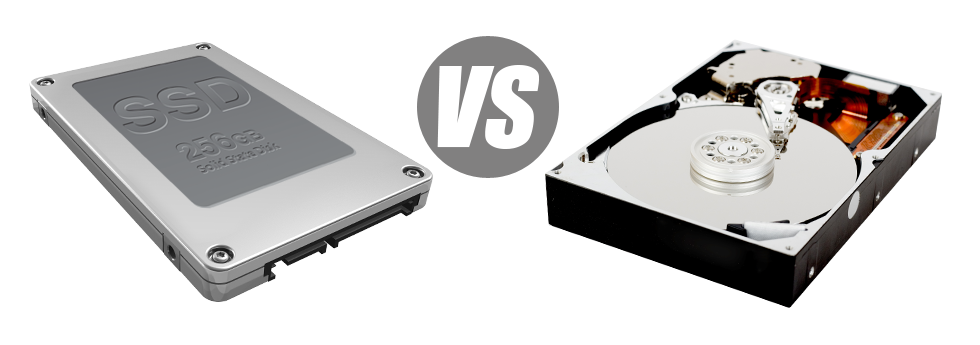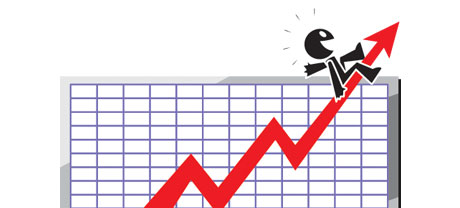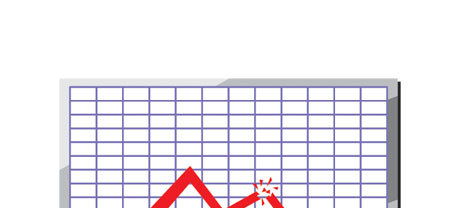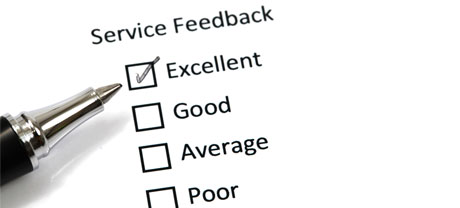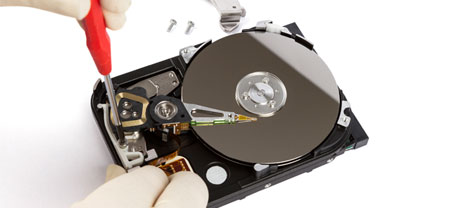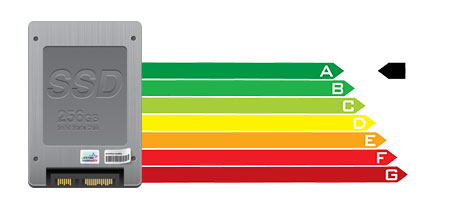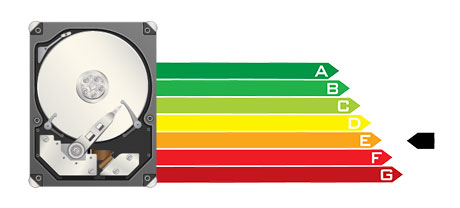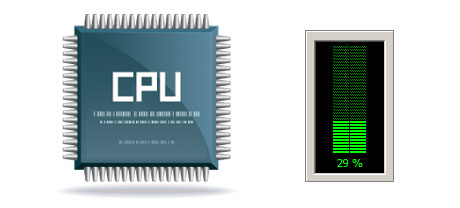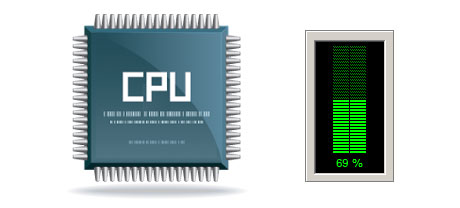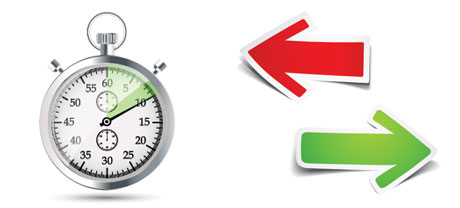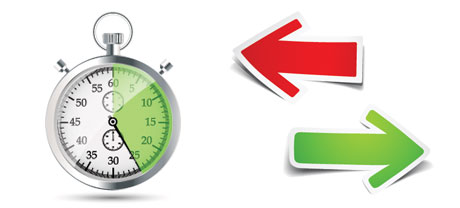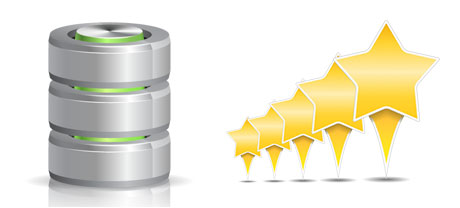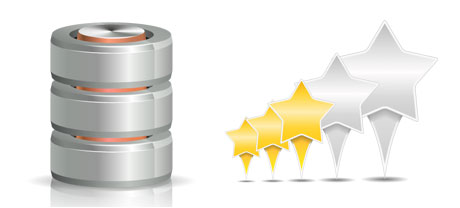For decades there was one trustworthy path to store data on a laptop – by using a disk drive (HDD). Nevertheless, this type of technology is actually displaying it’s age – hard disk drives are really noisy and slow; they’re power–ravenous and are likely to produce a great deal of warmth for the duration of intense procedures.
SSD drives, in contrast, are fast, take in much less energy and they are far less hot. They furnish a new solution to file access and data storage and are years ahead of HDDs regarding file read/write speed, I/O effectiveness and power capability. Figure out how HDDs stand up up against the modern SSD drives.
1. Access Time
SSD drives offer a fresh & progressive solution to file safe–keeping in accordance with the use of electronic interfaces instead of just about any moving parts and turning disks. This innovative technology is faster, allowing for a 0.1 millisecond file access time.
HDD drives depend on rotating disks for files storage uses. Each time a file will be utilized, you need to wait for the right disk to get to the appropriate position for the laser beam to access the data file you want. This ends in a standard access speed of 5 to 8 milliseconds.
2. Random I/O Performance
The random I/O performance is important for the performance of any file storage device. We’ve executed detailed lab tests and have confirmed an SSD can manage at least 6000 IO’s per second.
Hard drives provide reduced file access rates as a result of older file storage space and accessibility technique they are employing. Additionally they display noticeably reduced random I/O performance as opposed to SSD drives.
During WebsiteHosting.monster’s tests, HDD drives handled typically 400 IO operations per second.
3. Reliability
The lack of moving elements and rotating disks inside SSD drives, and the current advancements in electrical interface technology have led to a considerably less risky file storage device, having a common failing rate of 0.5%.
HDD drives work with spinning disks for storing and browsing info – a technology dating back to the 1950s. With disks magnetically hanging in the air, spinning at 7200 rpm, the prospects of some thing going wrong are much bigger.
The normal rate of failing of HDD drives varies among 2% and 5%.
4. Energy Conservation
SSD drives are usually smaller compared to HDD drives as well as they lack any moving components whatsoever. This means that they don’t produce so much heat and require considerably less electricity to function and much less energy for chilling purposes.
SSDs take in between 2 and 5 watts.
HDD drives are famous for staying noisy. They demand further electrical power for cooling purposes. With a web server which has a lot of different HDDs running regularly, you will need a great number of fans to ensure they are cooler – this will make them far less energy–efficient than SSD drives.
HDDs use up between 6 and 15 watts.
5. CPU Power
Thanks to SSD drives’ greater I/O effectiveness, the key web server CPU can easily process data file requests more quickly and preserve time for additional functions.
The standard I/O wait for SSD drives is just 1%.
As compared with SSDs, HDDs enable slower data file access rates. The CPU will need to await the HDD to return the required file, reserving its resources while waiting.
The common I/O wait for HDD drives is about 7%.
6.Input/Output Request Times
The majority of our completely new servers now use exclusively SSD drives. All of our tests have revealed that having an SSD, the typical service time for an I/O request while doing a backup stays below 20 ms.
In comparison with SSD drives, HDDs deliver substantially sluggish service times for input/output requests. Throughout a hosting server backup, the average service time for an I/O call can vary somewhere between 400 and 500 ms.
7. Backup Rates
One more real–life advancement is the speed at which the backup was developed. With SSDs, a web server back–up today takes no more than 6 hours by using our hosting server–optimized software.
Over time, we have utilized largely HDD drives on our servers and we are familiar with their general performance. On a hosting server designed with HDD drives, an entire hosting server back up usually takes around 20 to 24 hours.
With WebsiteHosting.monster, you may get SSD–equipped hosting solutions at cheap prices. The shared hosting plans and also our VPS web hosting packages feature SSD drives by default. Apply for an website hosting account here and witness how your web sites will become better right away.
Hepsia
- Live Demo
Service guarantees
- WebsiteHosting.monster’s Virtual Private Servers come with no setup service fees and function in a reliable network delivering 99.9% of uptime. Full root server access privileges guaranteed.
Compare our prices
- Check out our pricing and choose the right Virtual Private Server for your dynamic sites. You can easily upgrade to a more advanced VPS Web Hosting setup with only a mouse click.
- Compare our hosting plans
Contact Us
- You’re able to get in touch with us 24 hours by email or by using our extra–fast ticketing system. We provide a 1–hour reply–back time frame guarantee.
